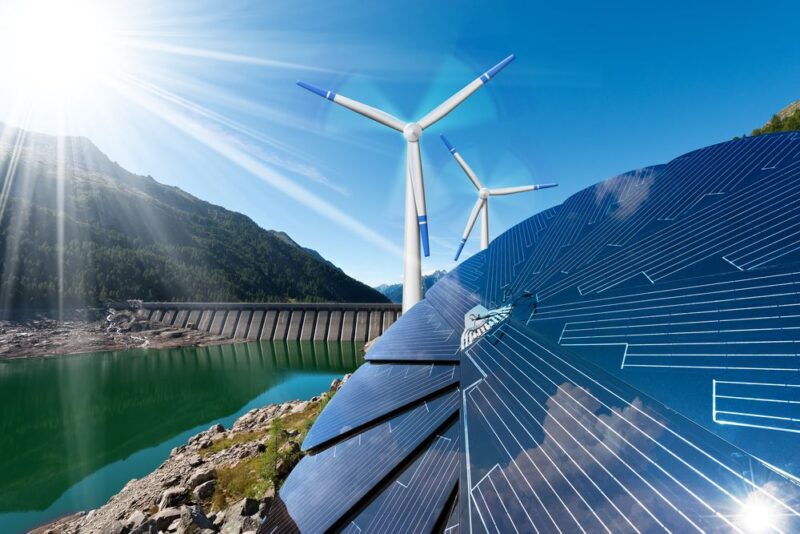Green energy is making significant strides in the Arab world. Driven by massive investments in solar and wind, renewable electricity production capacity saw a marked increase in 2024. In this changing landscape, Morocco confirms its position as a key player: with 4.37 GW installed, the Kingdom ranks fourth regionally, just behind Saudi Arabia and ahead of Jordan.
According to the latest data from the U.S. Energy Information Administration (EIA), Morocco gained 270 MW in one year, thus consolidating a steady growth trajectory. This performance places it among the leading countries in the Arab world, whose top ten powers now total nearly 34 GW of renewable capacity.
**Heavyweights at the top, but gradual progress for Rabat**
While Egypt (7.75 GW), the United Arab Emirates (6.14 GW), and Saudi Arabia (4.74 GW) dominate the rankings, Morocco remains a strategic player. Its flagship projects, such as the Noor solar complex in Ouarzazate or the Tarfaya wind farm, testify to a sustainable and methodical commitment, far from short-term leverage effects.
In 2024, it was Saudi Arabia that recorded the highest increase (+1.75 GW), followed by Egypt (+1.04 GW) and Qatar (+875 MW). In comparison, Morocco increased its capacities in a more moderate but continuous manner, while Jordan only added 87 MW to its capacity.
**A contrasting regional dynamic**
Not all countries are progressing at the same pace. Tunisia crossed the symbolic threshold of one gigawatt with 1.08 GW (+267 MW), while Yemen, despite an unstable context, progressed by 120 MW. Sudan, Iraq, and Syria maintained their levels without significant changes.
Algeria, despite being rich in solar resources, remained stagnant at 601 MW, with no new installations in 2024. This is a stark contrast to the Moroccan dynamic, especially striking given that Algeria aspires, on paper, to play a central role in the continent’s energy transition.
**A long-term strategy for sustainable stability**
What distinguishes Morocco is the consistency of its progress. While others bet on rapid leaps, the Kingdom prefers a structured approach, backed by solid public planning and local anchoring of its projects. This method ensures better integration into the grid and the sustainability of infrastructures.
Estimated at around 44 billion dirhams, Morocco’s current renewable capacity reflects a significant investment effort, but above all, a constant political will. The country is moving at its own pace, but without pause or reversal, asserting itself as one of the pillars of the energy transition in the Maghreb.


